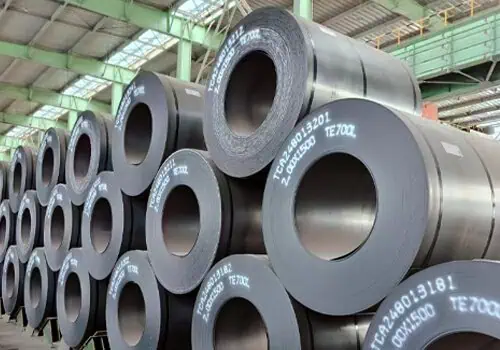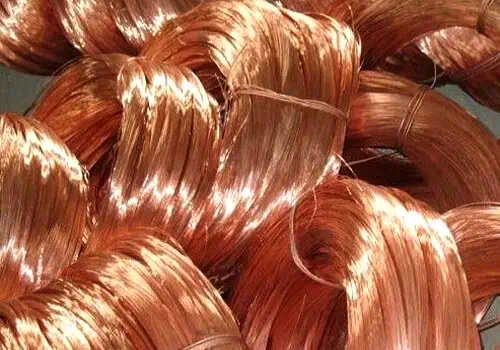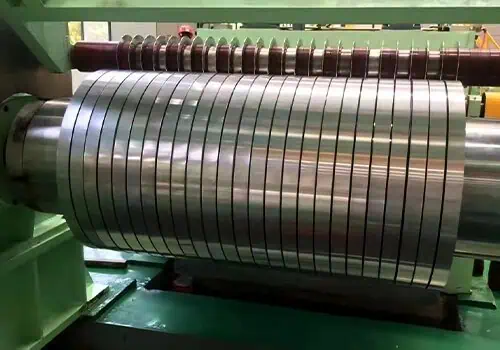Confused about the distinctions between steel types? What is cold rolled steel? Let’s break down cold rolled steel so you can make an informed purchase.
Cold rolled steel is hot rolled steel that has been processed again at room temperature to improve surface finish, dimensional accuracy, and mechanical properties. It’s widely used in industries requiring precision and clean finishes, such as automotive, electronics, və inşaat.
Now, let’s look at how it works, where it’s utilized, and why it’s important to your sourcing process.
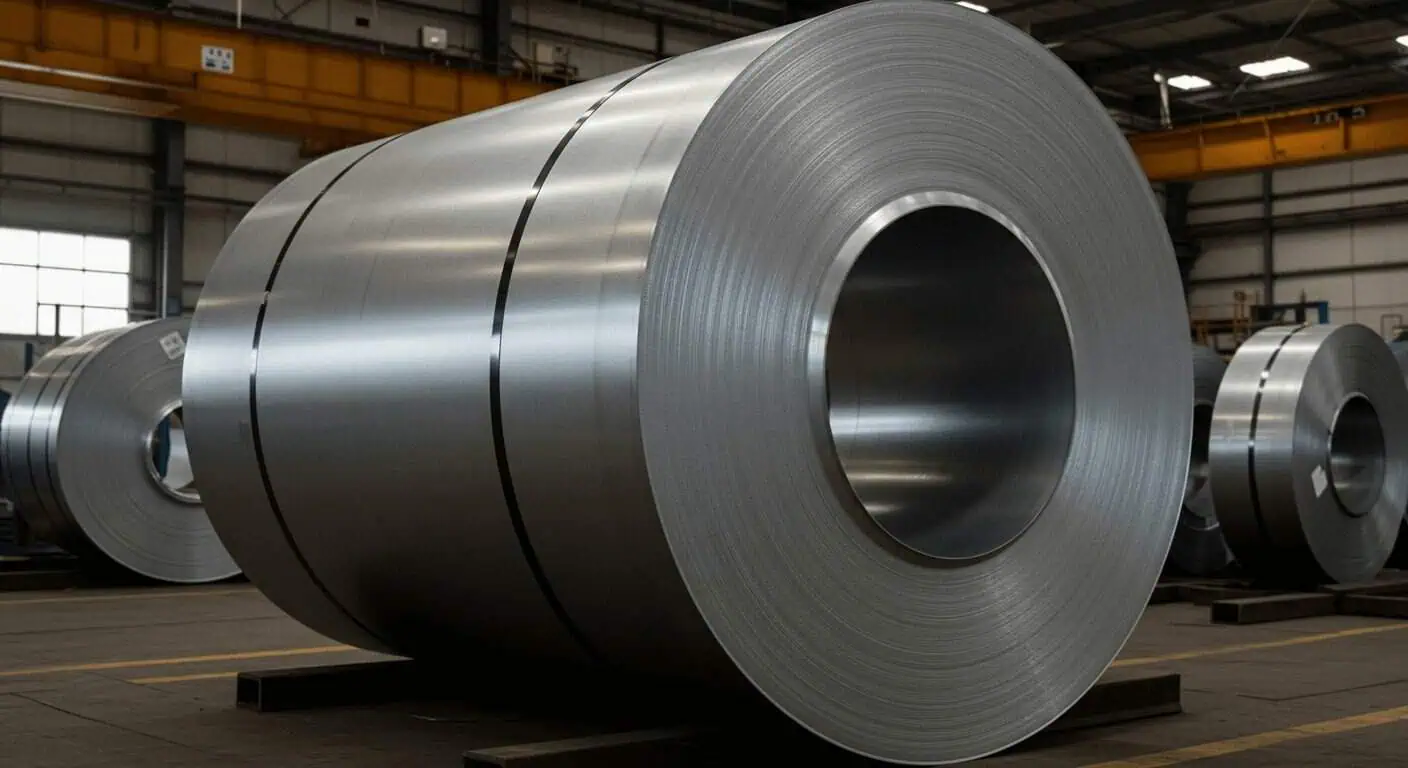
What Is Cold Rolled Steel Used For?
Buyers and engineers frequently inquire about the best applications for cold rolled steel. Cold rolled steel is used in applications requiring tight tolerances and smooth finishes, including appliances, cars, metal furniture, electronics, and building materials.
Typical cold rolled steel applications include washer and dryer panels, elevator walls, automobile structural components, door frames, filing cabinets, and metal partitions. In consumer electronics, its exact dimensions assist effective circuit installation. Architects also use it as ornamental panels. Unlike hot rolled steel, cold rolled steel has a sleek, polished appearance that is ready for powder coating or painting without the need for further surface preparation.
Because of its strength and shape consistency, it is frequently used with cold rolled aluminum, particularly in weight-sensitive applications like as transportation or modular housing.
Is Cold Rolled Steel Stronger Than Hot Rolled?
Strength matters, especially for structural and load-bearing parts. Bəli. Cold rolled steel is stronger and stiffer than hot rolled steel due to strain hardening during the rolling process.
The cold working method rearranges the steel’s interior grain structure, enhancing its tensile, yield, and hardness properties. While hot rolled steel, such as 1018 hot rolled steel, is softer and more pliable, cold rolled steel has tighter tolerances and better mechanical performance.
As a result, cold rolled steel is preferable for axles, shafts, and gear components that require consistency and performance. Cold rolled steel grades frequently have higher strength-to-weight ratios in finished products than hot rolled steel grades.
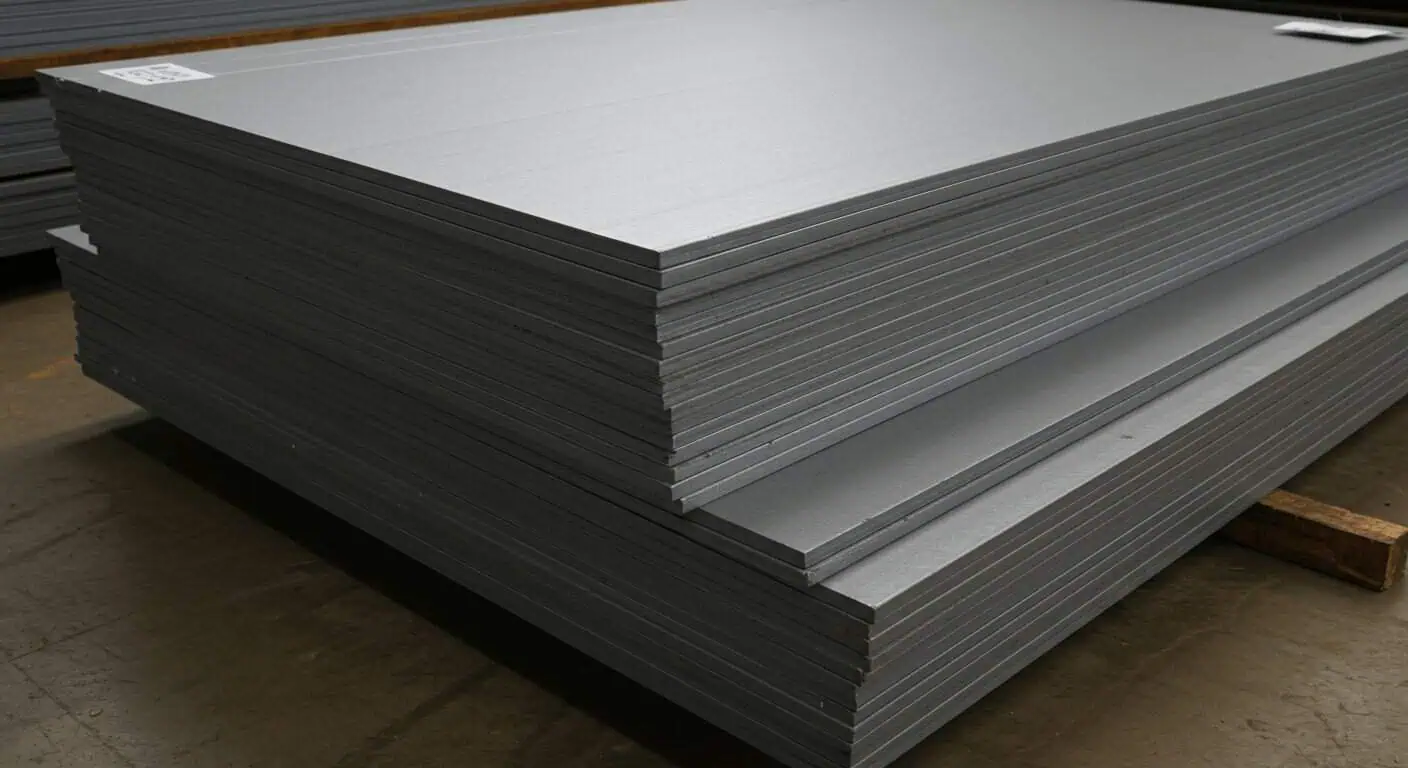
What Are The Disadvantages Of Cold Rolled Steel?
Cold rolled steel is more expensive, less ductile, and more difficult to weld and bend without breaking, thus understanding its limitations can help you avoid design or cost overruns.
Due to additional processing, cold rolled steel costs are typically 20-30% more than hot rolled steel price. The smoother surface is more susceptible to scratches during handling and shipment. Cold rolled steel is also less forgiving in intricate forming or shaping processes than hot rolled coil or hot rolled steel rod.
However, the trade-off is a cleaner, more polished product. If surface beauty and a snug fit are important, cold rolling is worth the extra effort and expense.
Is Cold Rolled Steel Rust Resistant?
No, unless treated, cold rolled steel is not inherently rust-resistant and must be coated or painted to prevent oxidation. Corrosion resistance is an important consideration when selecting materials.
Many purchasers associate cold rolled steel’s pristine surface with corrosion resistance, although it can still rust if exposed to moisture. In contrast, cold rolled 304 stainless steel has a high chromium concentration that resists oxidation. In moist or outdoor locations, stainless steel sheet or galvanized cold rolled solutions are preferred. You can improve corrosion resistance by adding zinc coating, oiling, powder coating, or combining cold rolled and hot dipped galvanizing processes.
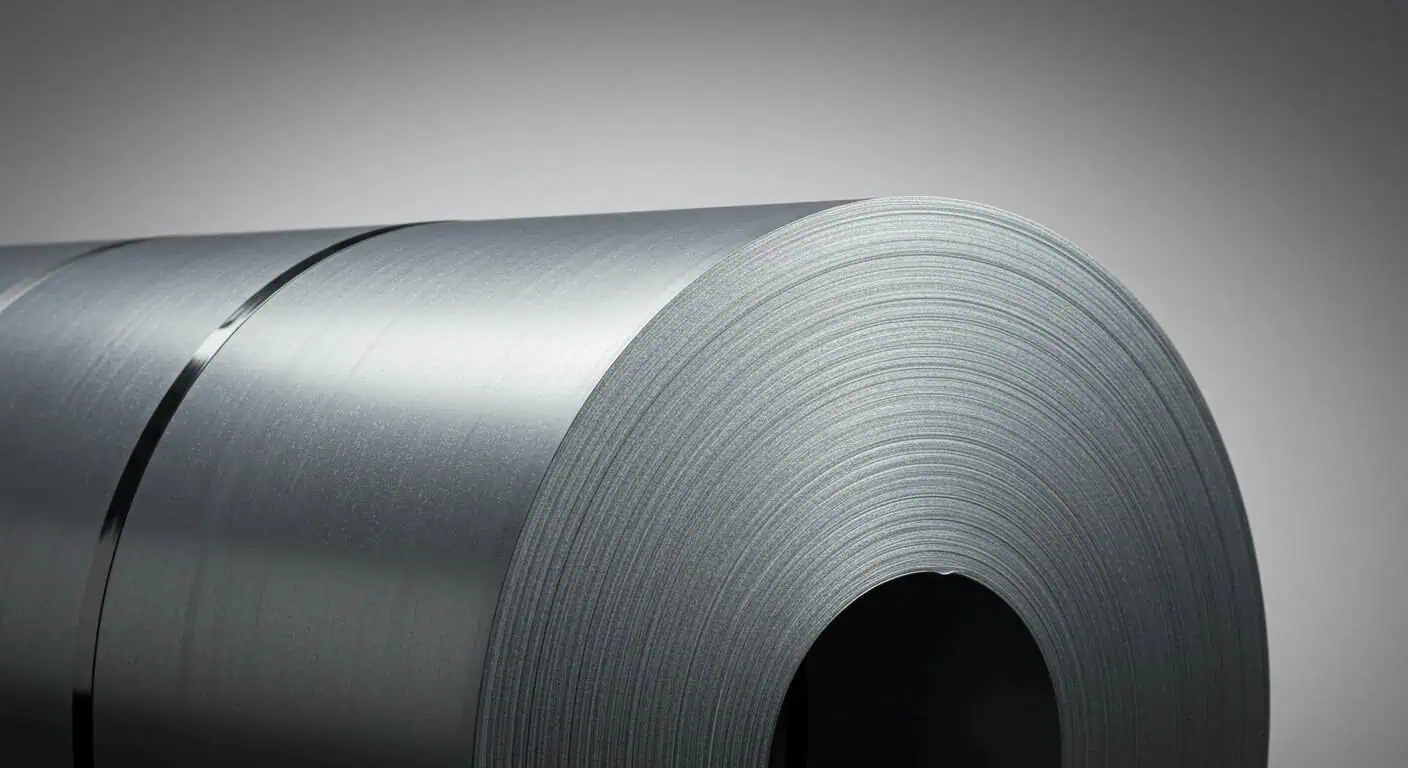
Cold Rolled Steel Vs Stainless Steel: What’s The Difference?
This comparison helps buyers choose the right material. Cold rolled steel is known for dimensional precision and affordability. Stainless steel is prized for its corrosion resistance and aesthetic appeal.
In a cold rolled steel vs stainless steel duel, your application determines the winner. Cold rolled steel is ideal for applications requiring strength, formalaşma qabiliyyəti, and cost savings. But if you’re dealing in food processing, medical, or outdoor areas, then hot rolled stainless steel or cold rolled 304 stainless steel is the superior choice.
Both can be formed into cold rolled steel tubes, cold rolled steel bars, or sheets. However, paslanmayan polad performs better in harsh settings without coatings.
What Are Common Cold Rolled Steel Grades?
Steel grade impacts both cost and suitability for your application. The most common cold rolled grades include SPCC, DC01, ASTM A1008, and SAE 1008. These standards vary by region but share core characteristics.
- SPCC: Popular in Asia, used in general applications and stamping.
- DC01: Common in Europe, used in auto body and electrical parts.
- ASTM A1008: U.S. standard for high-performance low-carbon cold rolled steel.
- SAE 1008: Favored for deep drawing and forming due to excellent ductility.
Buyers purchasing internationally should understand how these ratings compare to local norms. To ensure that your technical requirements are met, you may obtain material test reports (MTRs).
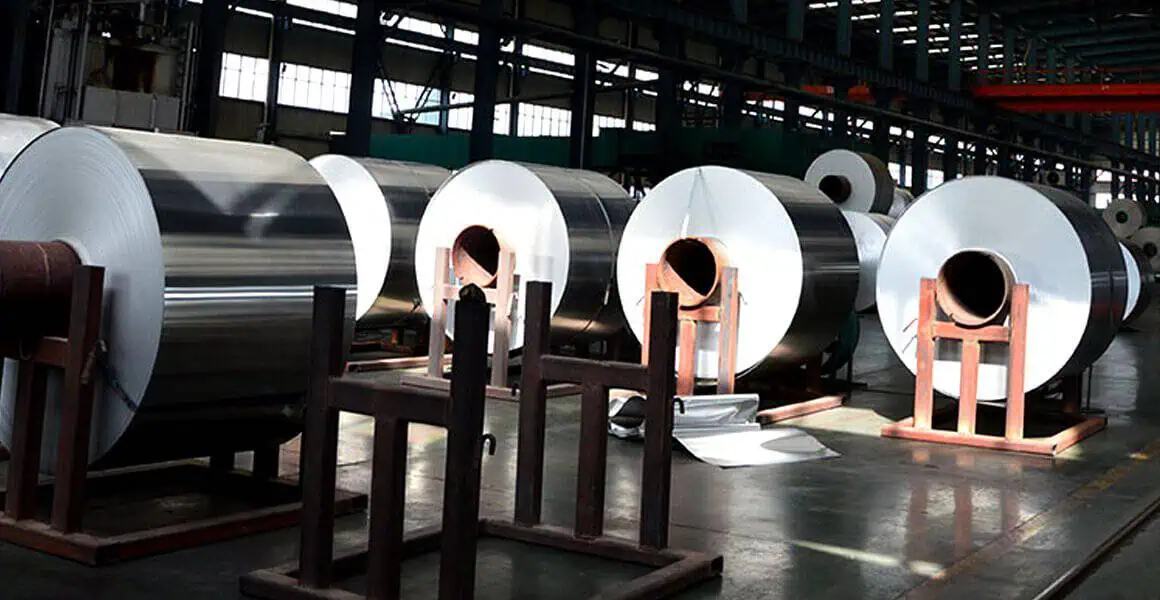
What Are Examples Of Cold Rolled Steel Products?
Understanding product formats allows buyers to order more effectively. Coils, cərgə, zol, çubuqlar, and tubes are examples of products that come in a variety of thicknesses and sizes.
- Cold rolled steel sheet gauge thickness can range from 0.3 mm 3 mm.
- Cold rolled steel bar is used in shafts, brackets, and fasteners.
- Cold rolled round tubing supports furniture, equipment frames, and signage.
- Cold roll steel strip is used in stamping, washers, and clamps.
These goods are suitable for secondary procedures like as bending, punching, and laser cutting. Proper packaging guarantees that goods arrive without dents or scratches, particularly for export sales.
How Durable Is Cold Rolled Steel?
Durability is essential in structural and mechanical components. Cold rolled steel is highly durable under regular stress but must be coated or protected for outdoor or corrosive environments.
Its work-hardened construction ensures superior performance under compression and static stresses. While cold rolled steel is not suitable for severely corrosive situations, it can persist for decades in indoor or dry circumstances. Cold rolled steel machining offers superior control, precision, and repeatability in fabrication, extending tool life and reducing rework.
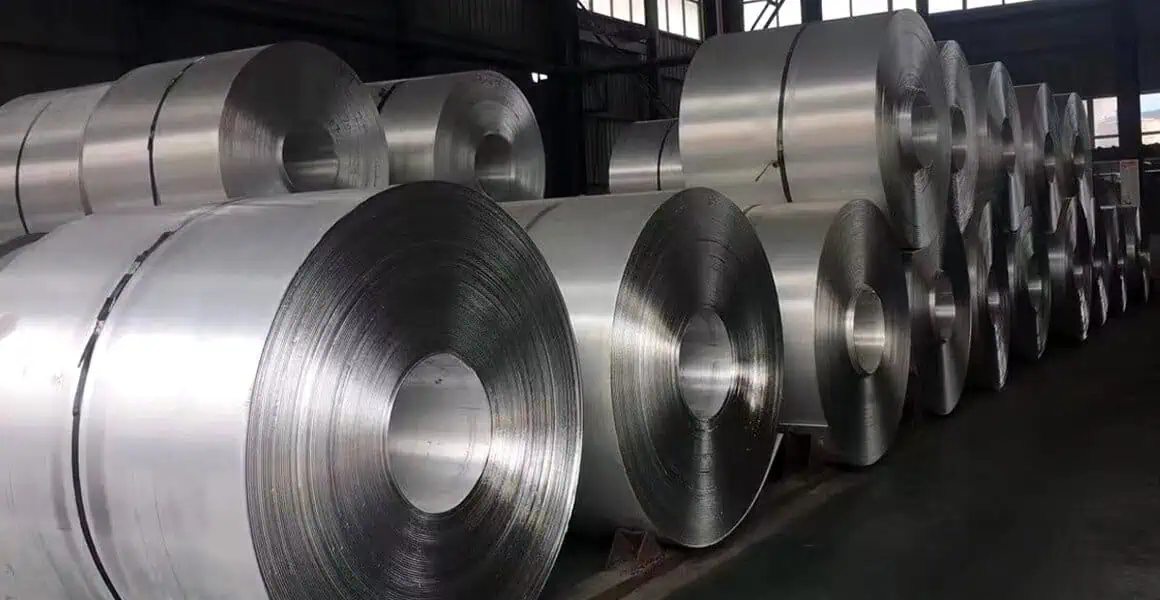
Can Cold-Rolled Steel Be Welded?
Fabricators must understand how a material performs under the torch. Bəli, cold rolled steel can be welded using standard MIG, TIG, or stick welding techniques, though it requires some preparation.
Welding cold rolled steel entails cleaning the surface carefully and applying the suitable filler material. It may be slightly more brittle than hot rolled during welding due to its strain-hardened surface. For optimal results, preheat thick parts and post-heat to ease tension.
Fabricators frequently prefer hot rolled vs cold rolled steel machining for less stress and fewer heat-related concerns, although cold rolled is adequate for most welding applications when handled appropriately.
How To Choose A Reliable Cold Rolled Steel Supplier?
Choosing the correct supplier guarantees that your supplies fulfill technical and delivery specifications. Look for suppliers with a strong export track record, ISO certification, full documentation, and responsive after-sales support.
Yuanchi has exported premium cold rolled steel products to over 50 ölkələr, including South America, Southeast Asia, and the Middle East. Our products include cold formed steel, cold rolled steel sheet, rulon, çubuqlar, and tubes, all of which are customizable and certified. Each order comes with inspection reports, packing photos, and logistics tracking.
Summary
Cold rolled steel gives accuracy, durability, and adaptability. Partner with renowned exporters like Yuanchi for verified, high-performance products delivered on time. If you have any questions, please feel free to contact us.


